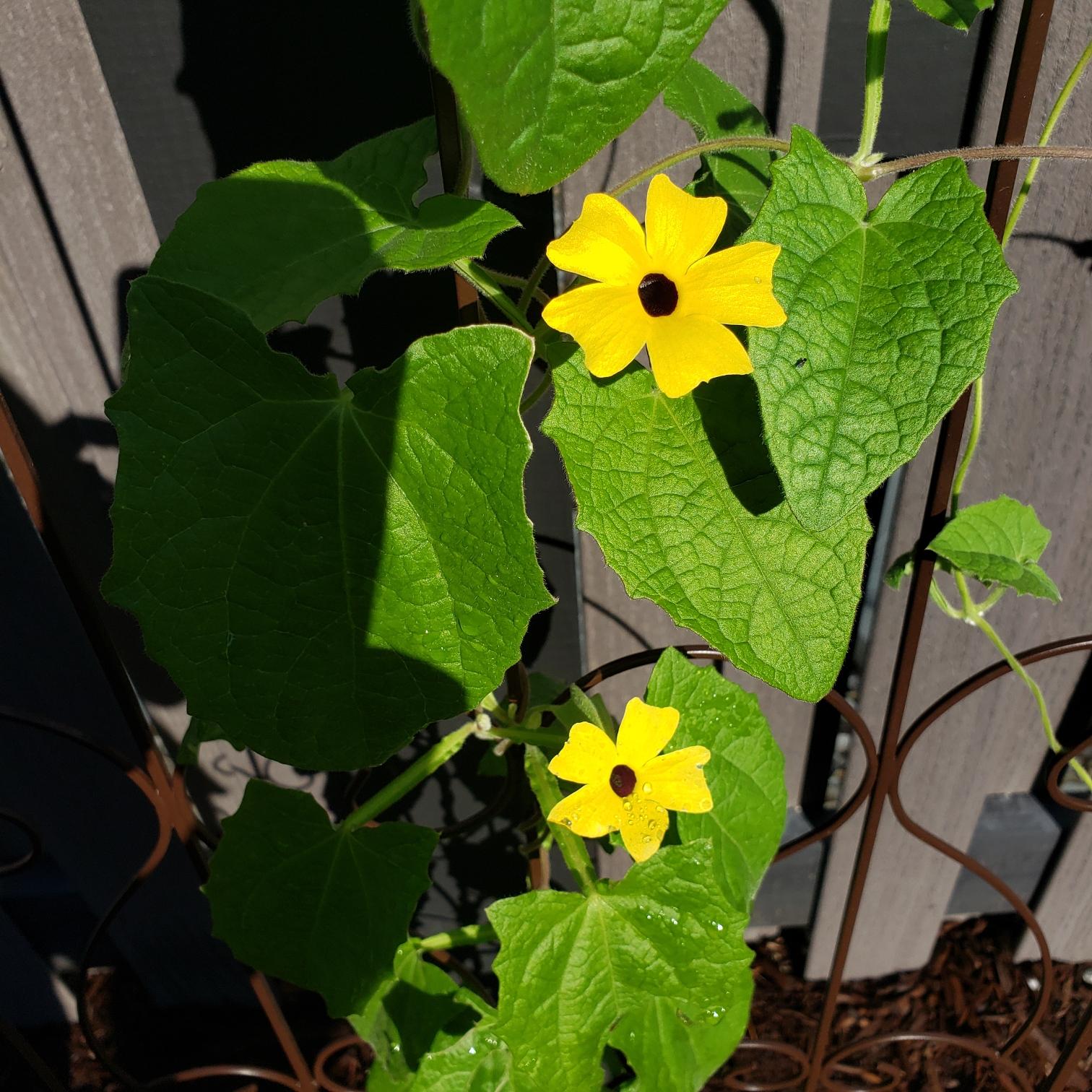Begonia is a member of the Begoniaceae family. This large, flowering plant family honors Michael Begon (1638-1710), Governor of French Canada, and includes about 1500 different species and hundreds of hybrids. Begonias are native to Mexico and Central America and have found their way throughout North America as a garden and house plant. www.missouribotanicalgarden.org
Mature begonia plants range in size from a few inches to over 2-feet high. The flowers, foliage colors, and sizes are very diverse. Some begonias are grown for foliage and some for flowers. Other begonias, such as Rex begonias and newer hybrids, will flower continually throughout the summer. They can be used as bedding plants and in window boxes, hanging baskets, and other containers. Begonias are deer and rabbit resistant. Begonias are particularly beautiful when planted en masse. Bedding varieties maintain a tidy uniform habit and are ideal for small flower beds. www.plants.ces.NCSU.edu
Begonias grow best in partial shade with moist, well-drained soil containing plenty of organic material. Bronze-leafed wax begonias grow better with full sun exposure than other types, whereas, green-leaved cultivars do better in morning sun and afternoon shade to prevent leaf burn. When watering begonias, water early in the morning to reduce fungal disease problems and leaf scorch. Begonias are not ‘heavy feeders’ so a slow-release fertilizer is best used according to package directions. HTTPS://hgic.Clemson.edu
Disease problems associated with begonias include Botrytis blight and stem rot, powdery mildew, and Pythian root and stem rot. The major pests are mealy bugs, spider mites, thrips, scale, snails, and slugs. Begonias may be sensitive to insecticidal soap. They are also vulnerable to viruses like Necrotic Spot Virus and Tomato Spotted Wilt Virus.
Begonias are at home in all gardens. They can be planted by seed or transplants from the garden center. Look to add begonias to your garden next spring for that must have ‘pop of color’ throughout the summer.
Information and photos by Jeanne Pavero, North Carolina Extension Gardener Plant Toolbox





